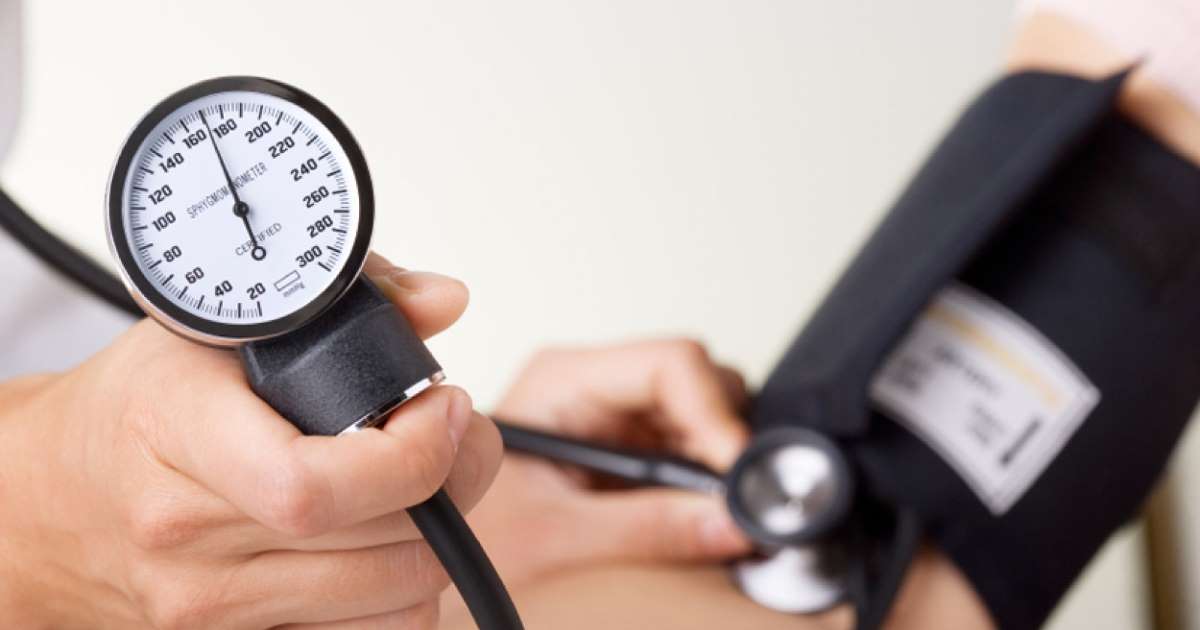Causes And Types Of Aortic Aneurysms
An aneurysm is a ballooning of the artery wall. It can also be a ballooning or bulge in a vein, although this is rare. The artery can be in the wall of the heart, in the brain, legs, chest, or abdomen. The danger with aneurysms is their walls are thin and weak and can burst, which leads to hemorrhaging. When an aneurysm hemorrhages it is always a medical emergency. An individual can acquire an aneurysm through an injury, illness, or medical condition. Some medical conditions that increase the risk for aneurysms are congenital. The problem with an aneurysm that hasn’t ruptured is there are sometimes no symptoms. The defect is found when the patient goes to the doctor for other reasons. Uncover information about the causes and types of aortic aneurysms now.
High Blood Pressure
One of the reasons high blood pressure (hypertension) is so dangerous is it can put an individual at risk for an aneurysm. Blood pressure is considered high when the reading is 140/90. Like an aneurysm itself, hypertension is often asymptomatic. Interestingly, the relationship between high blood pressure and the risk of an aneurysm is not clear, but it is possible the stress hypertension puts on an artery that has been narrowed and scarred from plaque or grown stiff for other reasons can weaken the artery wall. At the same time, the heart pumps blood more forcefully. It is possible that eventually the vulnerable artery wall balloons then ruptures.
Reveal more on the causes of aortic aneurysms now.
Inherited Connective Tissue Disorders

Some inherited connective tissue disorders also make an individual more at risk for an aneurysm. Connective tissues are those that support and strengthen parts of the body such as the tendons, ligaments, and heart valves. One of these disorders is Marfan syndrome, which affects the person’s musculoskeletal, metabolic, and endocrine systems. Individuals with Marfan syndrome are tall and thin and have unusually long arms, legs, and fingers. They often have sunken or protruding chests. They also suffer from heart problems, including aneurysms in their aorta, which is the largest artery in the body and is prominent in the heart. Other inherited connective tissue disorders that put a person at risk for an aortic aneurysm are Ehlers-Danlos syndrome and Loeys-Dietz syndrome.
Get to know more about what can cause aortic aneurysms now.
